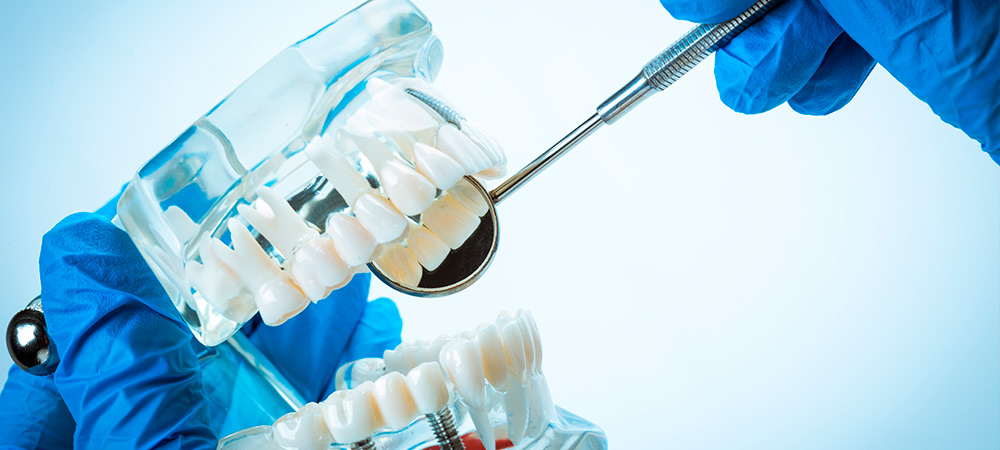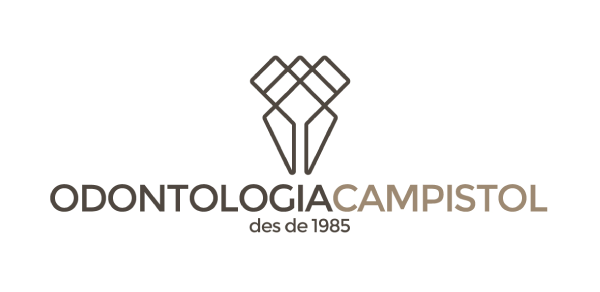

Implant dentistry
Oral implantology is the speciality of dentistry that deals with the study of alloplastic materials to rehabilitate tooth loss in the jaws.
It aims to replace missing teeth by placing one or more dental implants in the patient’s jawbone.
The implants are made of titanium, a material that is highly biocompatible with human beings, allowing for osseointegration with the patient’s bone. They have different lengths and diameters, suitable for each case according to the diagnosis and the dentist’s criteria.
After placement and with the appropriate healing time, the lost teeth are restored by means of prostheses.
Dr. Francesc Álvarez
What is an implant?
The implant is a screw made of pure titanium that has undergone a special surface treatment to guarantee osseointegration in the patient. It is a biocompatible medical prosthesis, suitable for implantation in the human body and, therefore, subject to the strictest health controls from its manufacture to its placement in the patient.
It is a high-precision piece, designed to withstand very considerable forces, such as those exerted by the jaws in the chewing process. This piece must meet perfect machining conditions in terms of the fit of its head with the prosthetic pieces to be placed on top of it, so that there is no play between them.
For all the above reasons, it is important to work with implants of recognised quality.
A tooth restored with an implant consists of three parts: the screw, the connector and the crown or sleeve.
There are many different types of implants.
In terms of material, we can distinguish between smooth-surface and rough-surface titanium implants, depending on the type of surface treatment they have received. In the past, all implants were of the smooth type, but nowadays there are studies that show that rough implants are of higher quality and allow faster osseointegration.
On the other hand, we can classify them as internal hexagon or external hexagon implants depending on the anti-rotational mechanism used. In implantology today, the most recommended technique is the combination of the internal hexagon and the cone, which allows for a more stable prosthesis over time and offers us greater aesthetic possibilities in prosthetic rehabilitation.

Finally, depending on the design, there are self-tapping and non-self-tapping implants. The former offers greater primary stability and ease of placement and significantly reduces the possibility of overheating of the bone during surgery.
All in all, implant dentistry today is a branch that is constantly evolving, with increasingly faster, more predictable and minimally invasive techniques.

